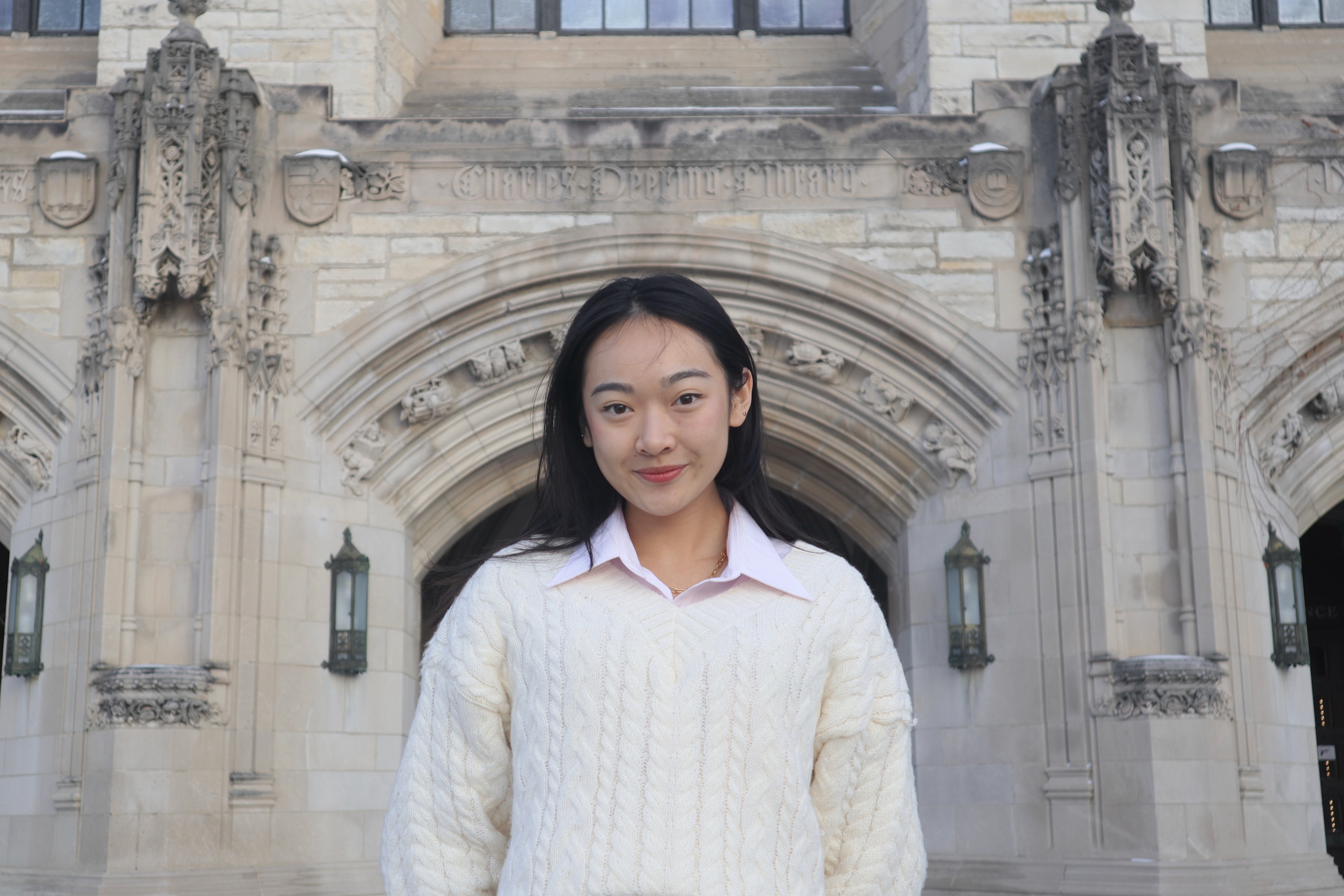Katia Shek is a rising third-year majoring in Social Policy. She plans to observe different educational settings on their technology use, including Northwestern and Lake Forest College, as well as potentially a nearby community college or driving school.
Tell me about your SURG topic.
Shek: The topic is exploring the impact of technology-enhanced active learning strategies in diverse educational settings. It’s about using different software tools to help teachers make it easier to integrate activities and increase student engagement to hopefully increase student academic outcomes as well. When I say diverse educational settings, I mean our college institution as a private research institution, also community colleges, trade schools, vocational and also maybe after-school centers. I wanted to do this research because I’m doing a startup and I wanted to do a proper research study to actually inform who I’m serving and what the data actually shows, so it’s two birds with one stone.
What is your vision for how the summer will be broken down?
Shek: I’m going to go into a classroom, and I’m going to sit at the back and observe everyone’s computer screens, how often they’re asking questions, what their ratio is in terms of looking up and down at their screens. Afterwards, I’ll collaborate with the educator to rework their next lecture, integrating different activities, probably using existing software like Kahoot, or if I can get a Mickey Mouse [simple] version of what my minimum viable product would be. And then we’re going to embed it in their next lecture. Then I’ll sit at the back again to observe whether that is different or not. Maybe after each class, we can also have a learning outcomes quiz to check how much they learn, and compare and contrast.
What is one challenge you anticipate with this research?
Shek: It’s a mixed method study and it’s very hard to quantify engagement by defining those terms and doing a pilot of the study. Maybe this isn’t the best method. Maybe my observational style is just one way to get to the bottom of what an engagement rate actually looks like. My initial idea was for every student to get a clicker and tally up how many times they were distracted throughout the class. But self-observing distraction is really [difficult], but maybe that could play into it. Maybe they self-reflect more. This is challenging. This is a big question.
Meet the other SURG Recipients!
